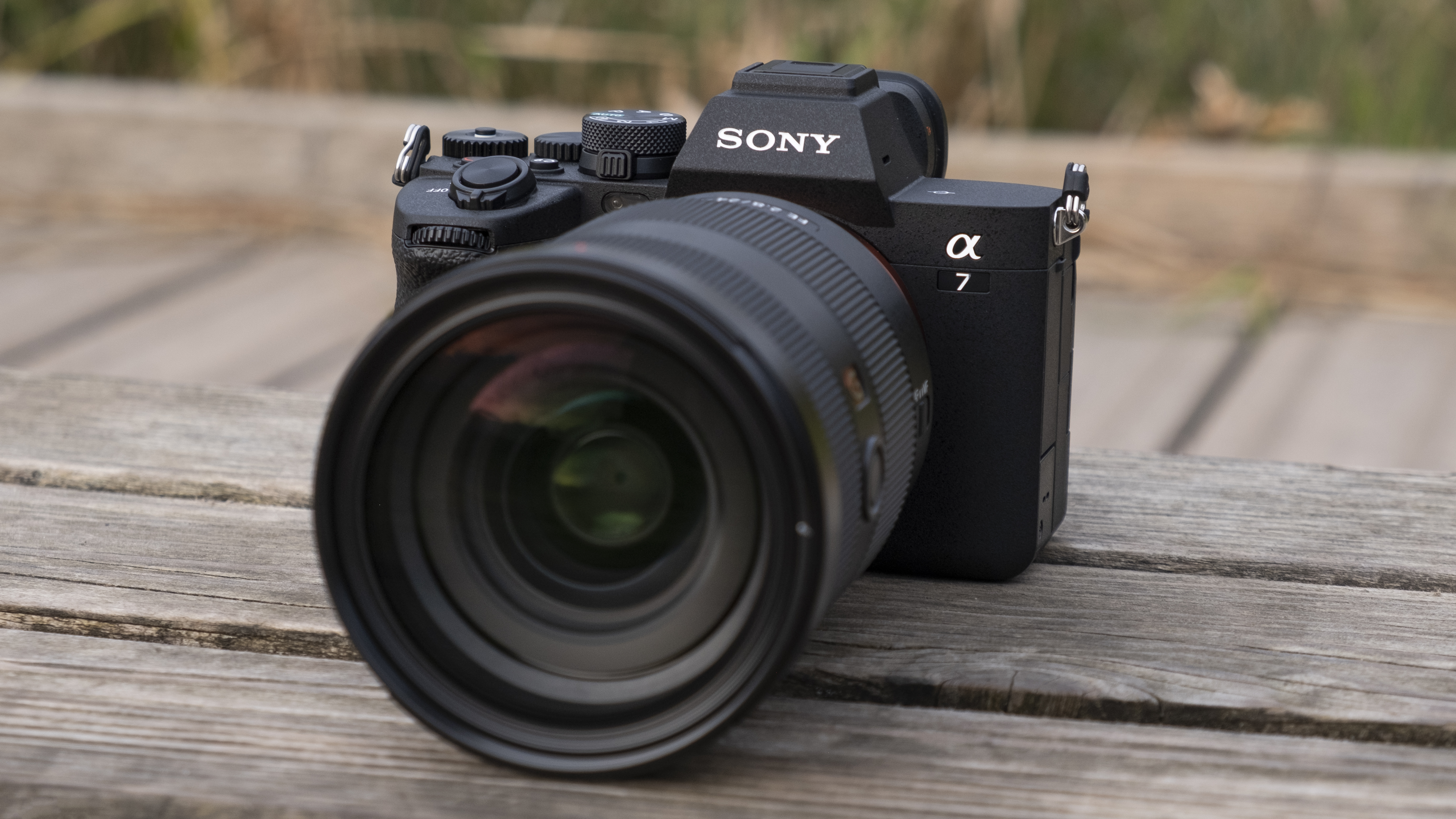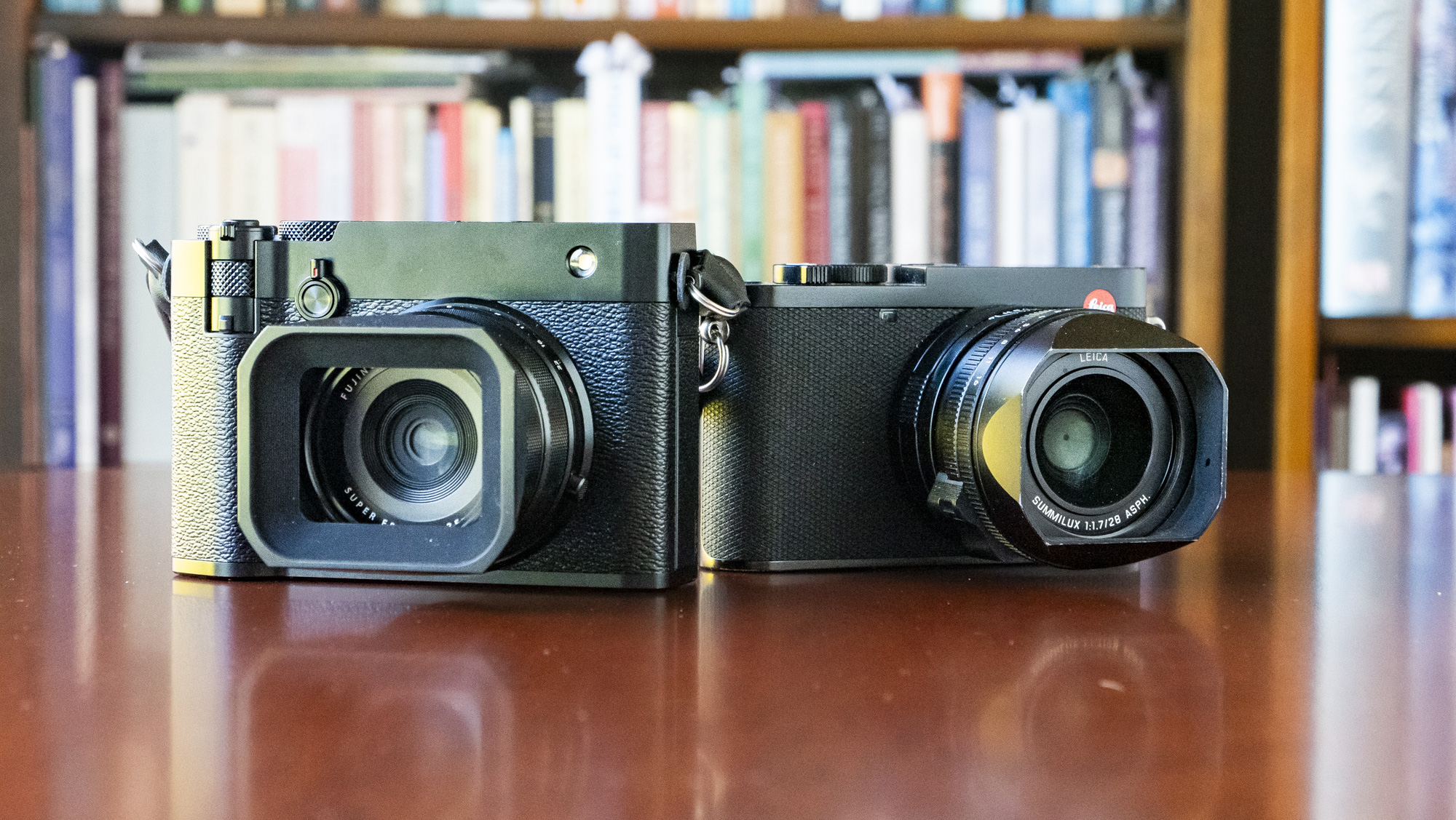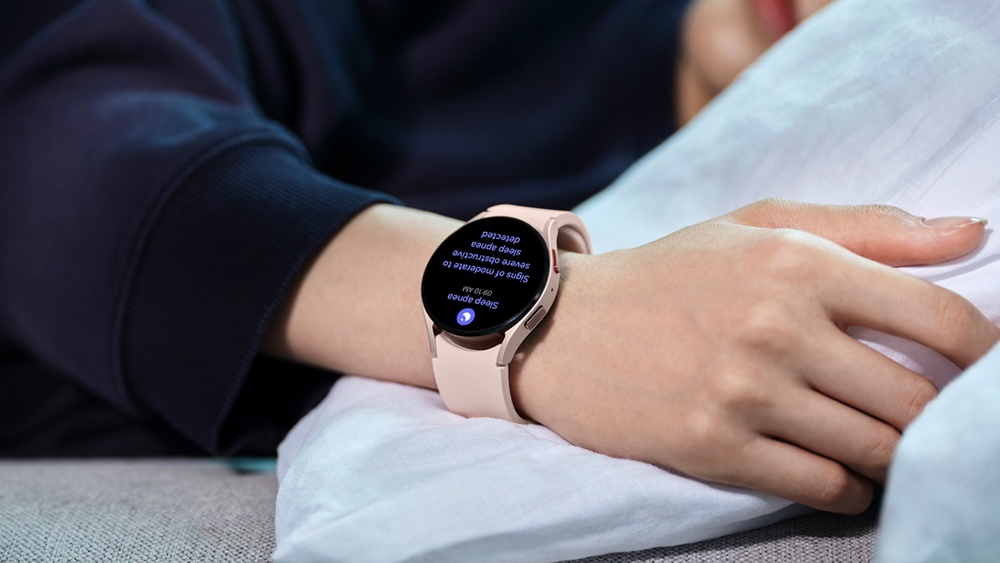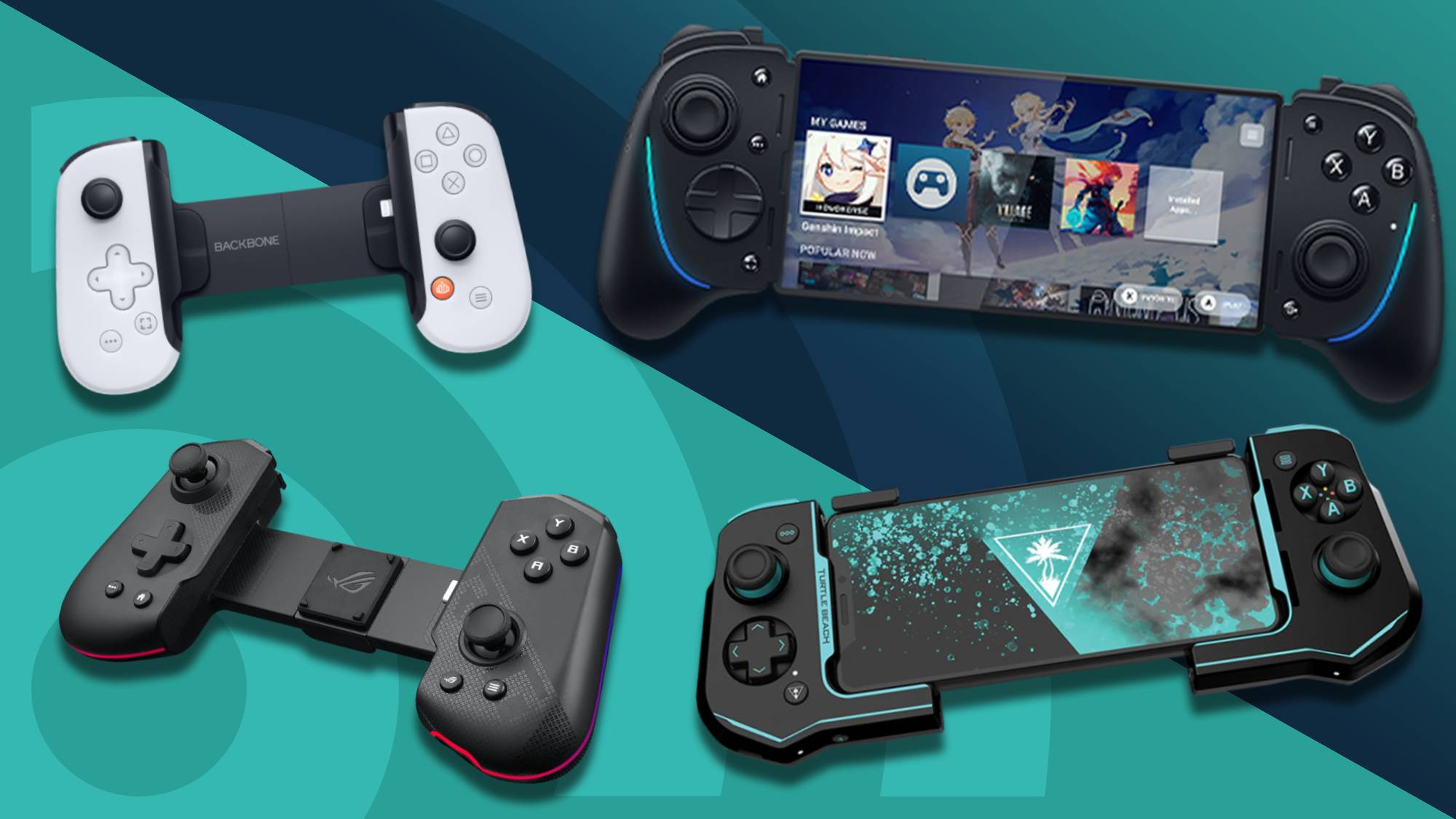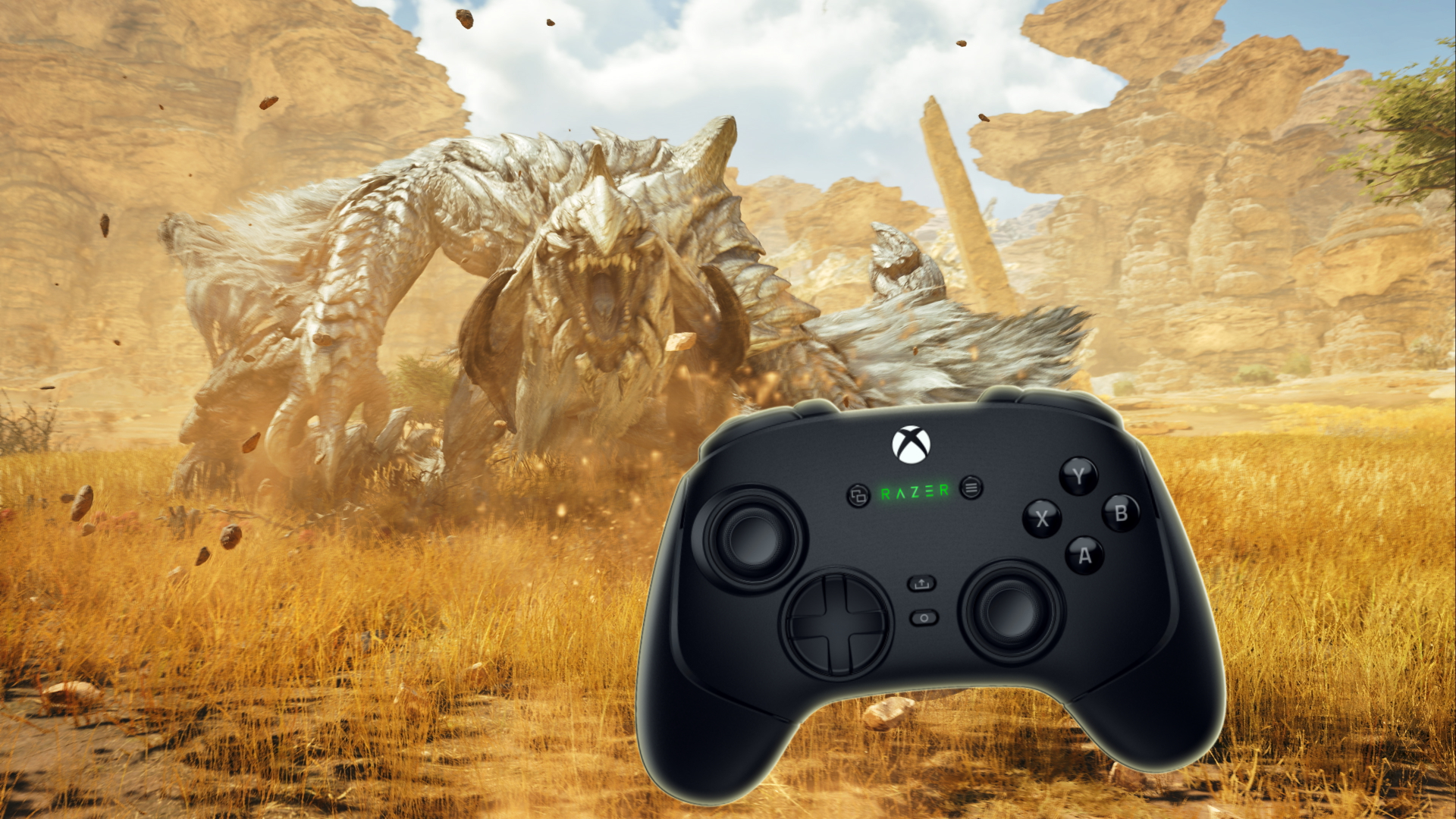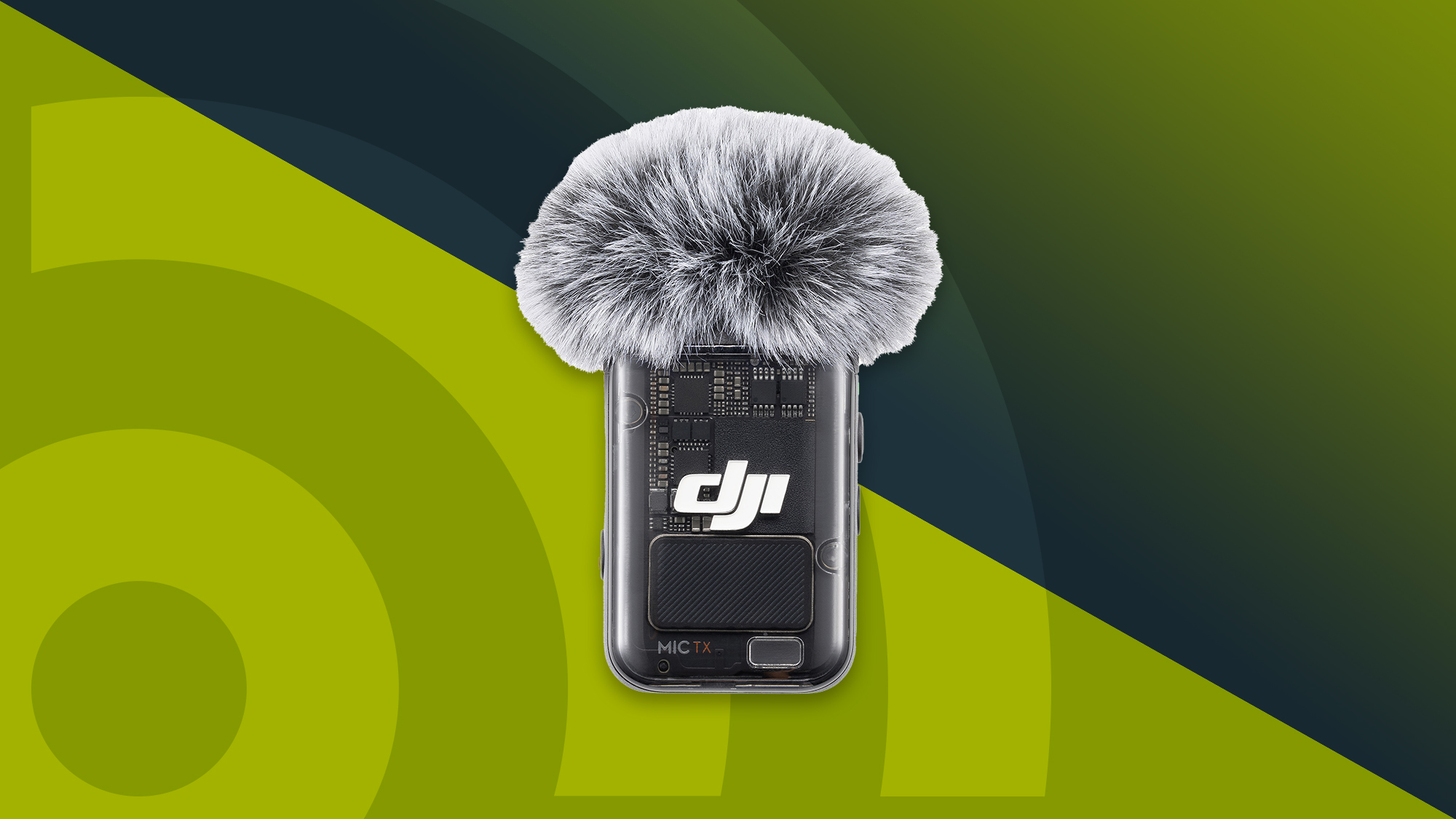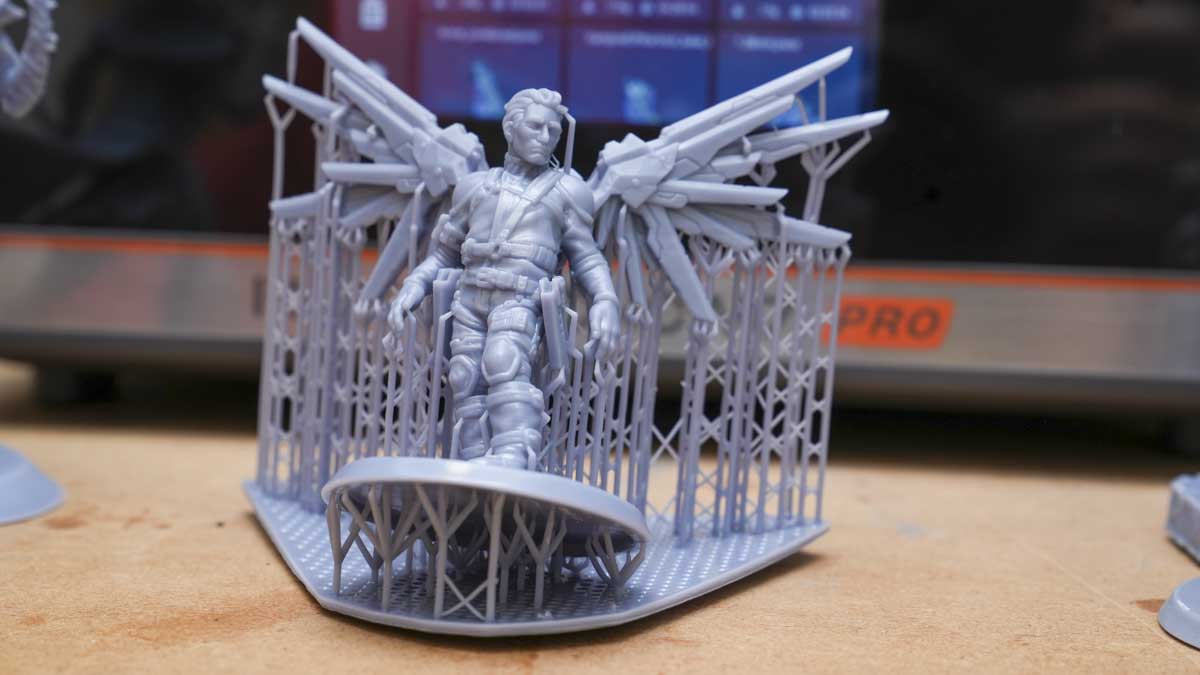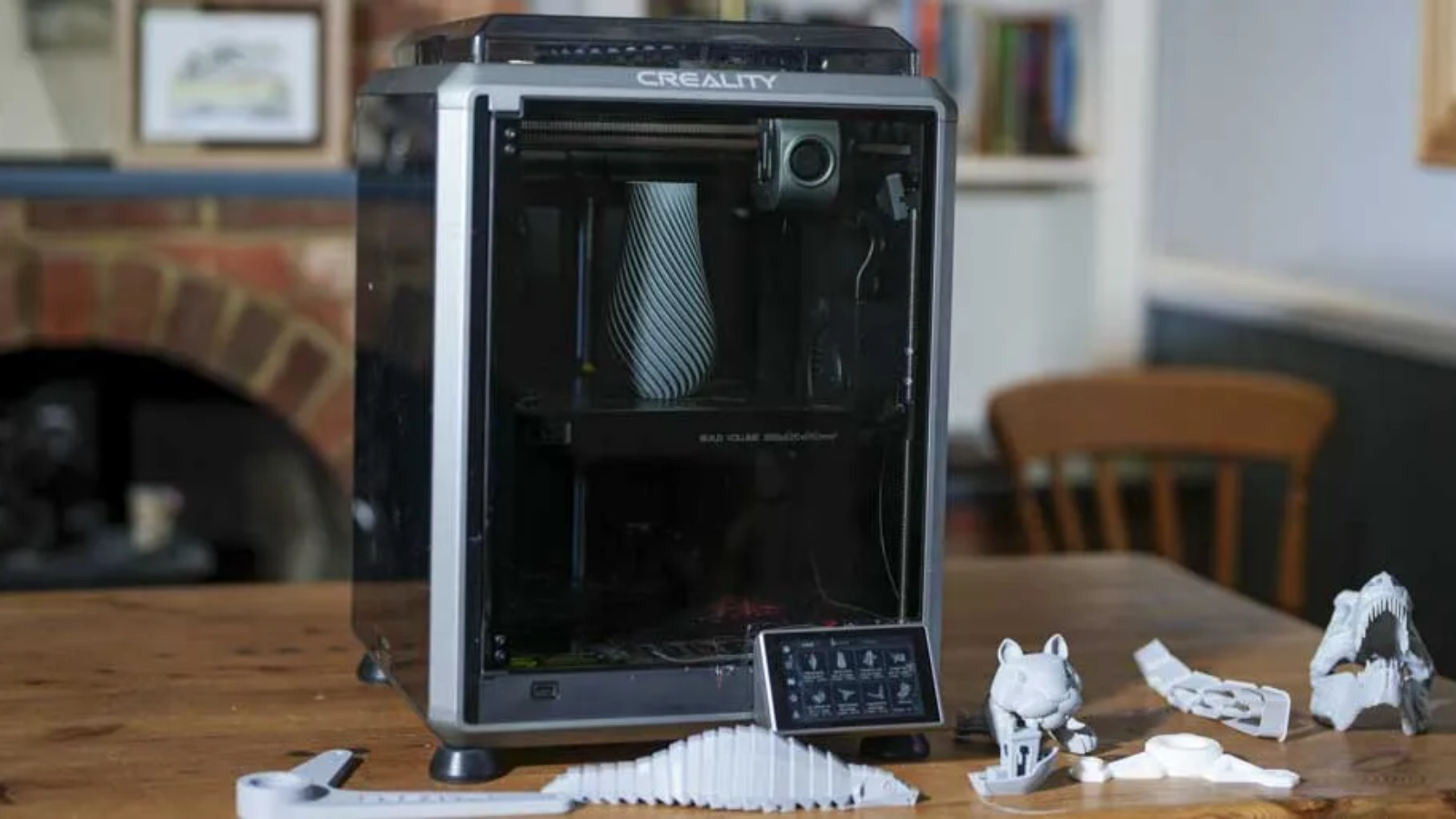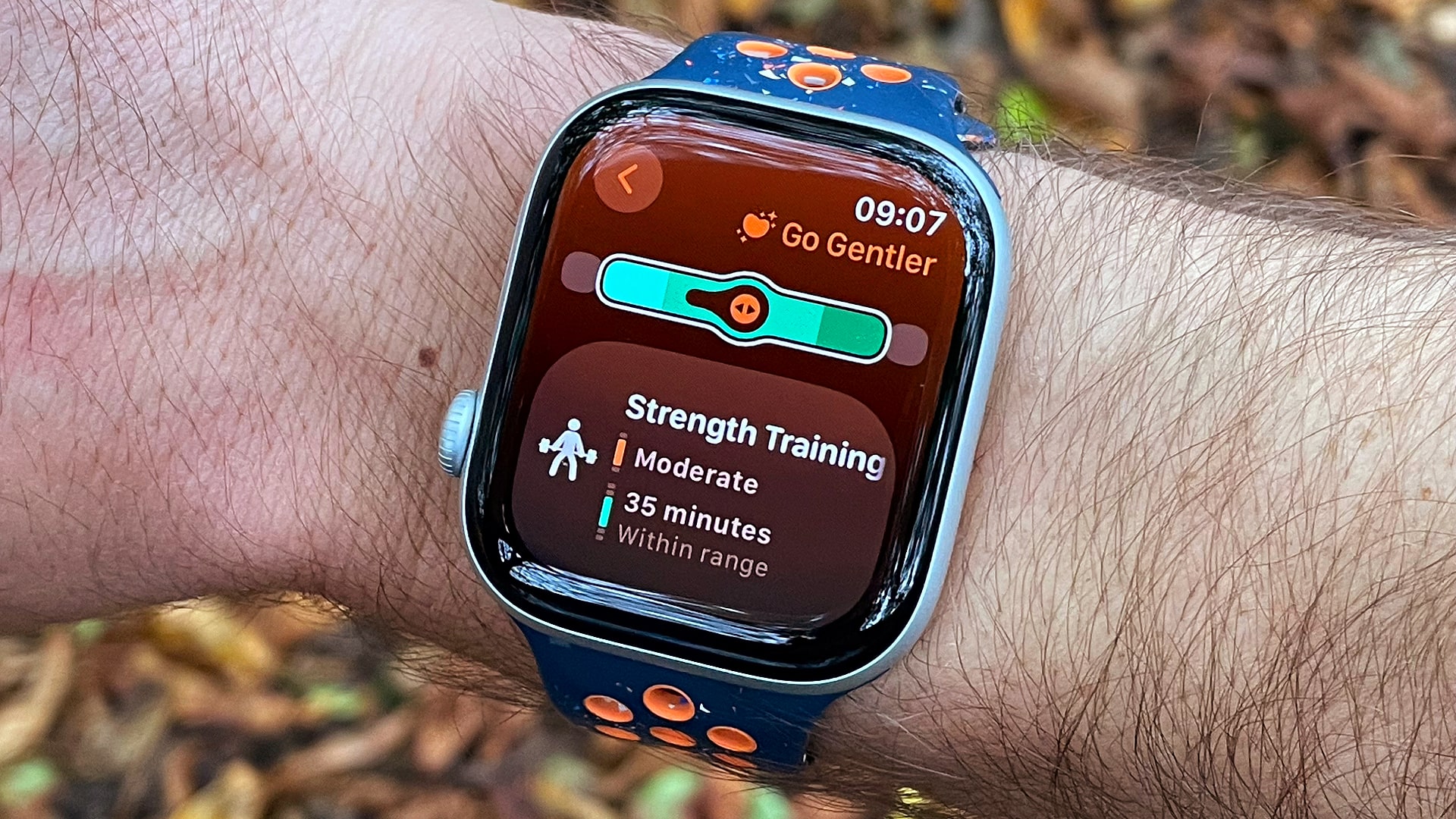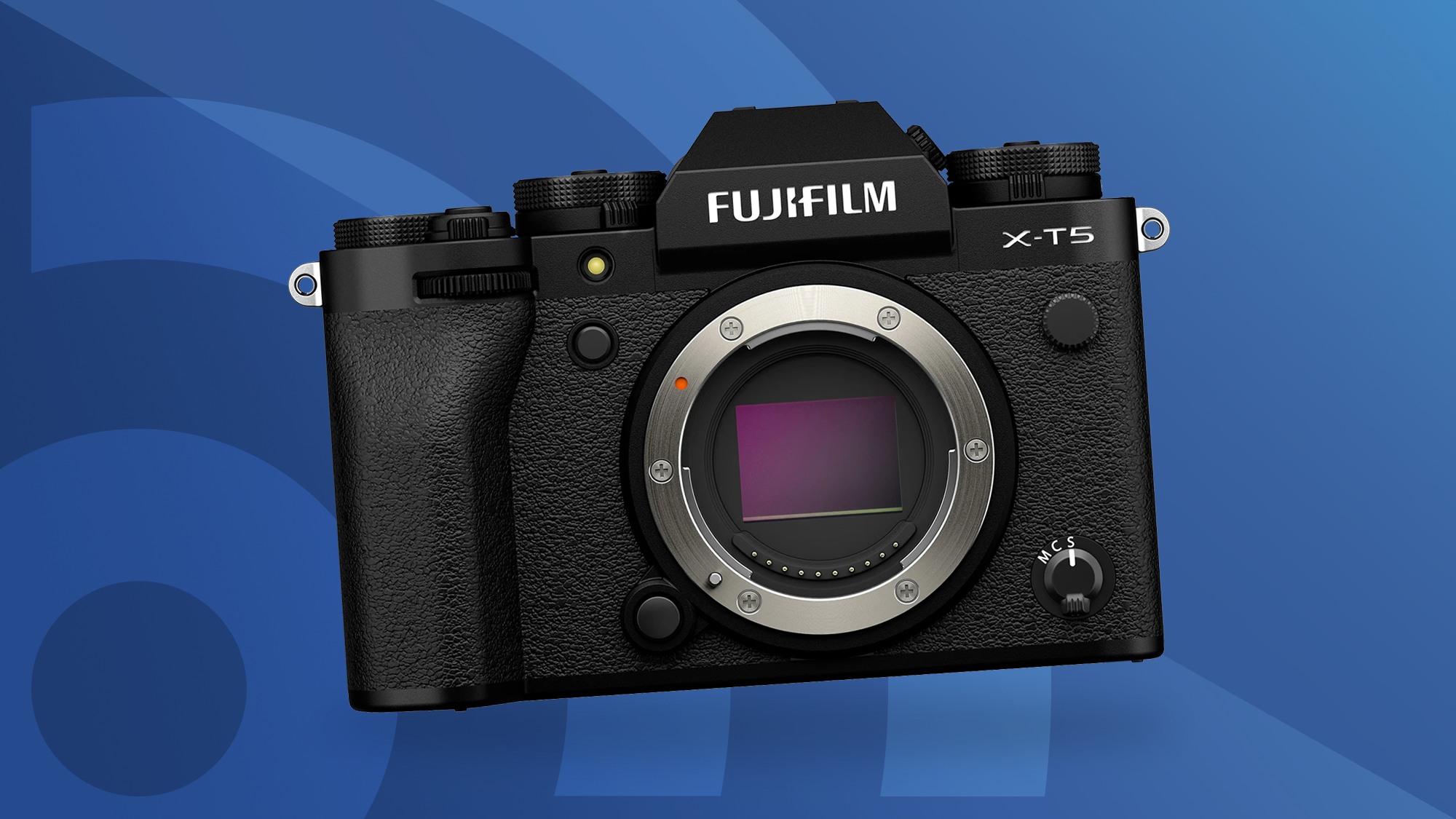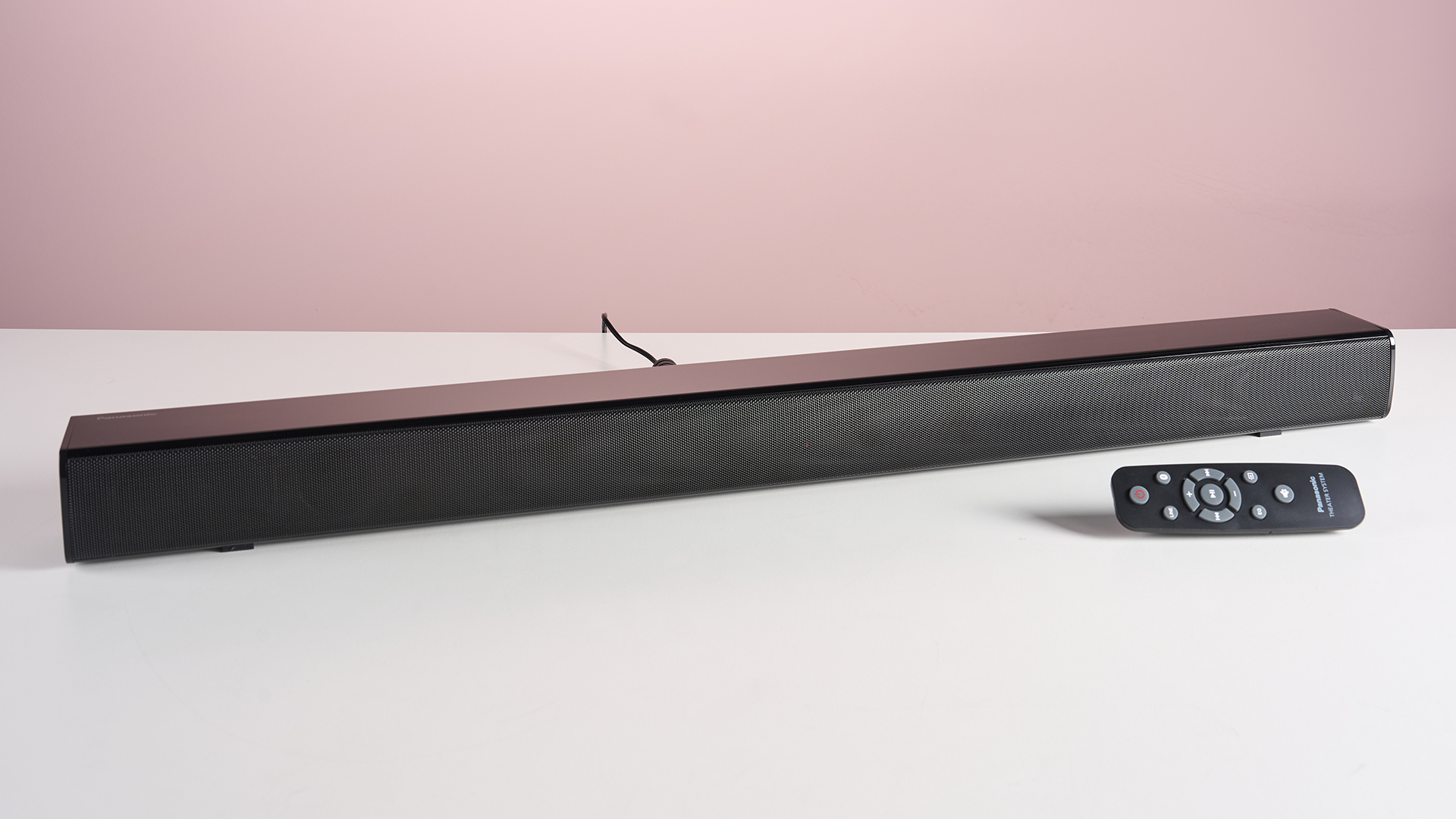The best camera for beginners 2025: top picks for photo and video novices
Our guide to the best camera for beginners
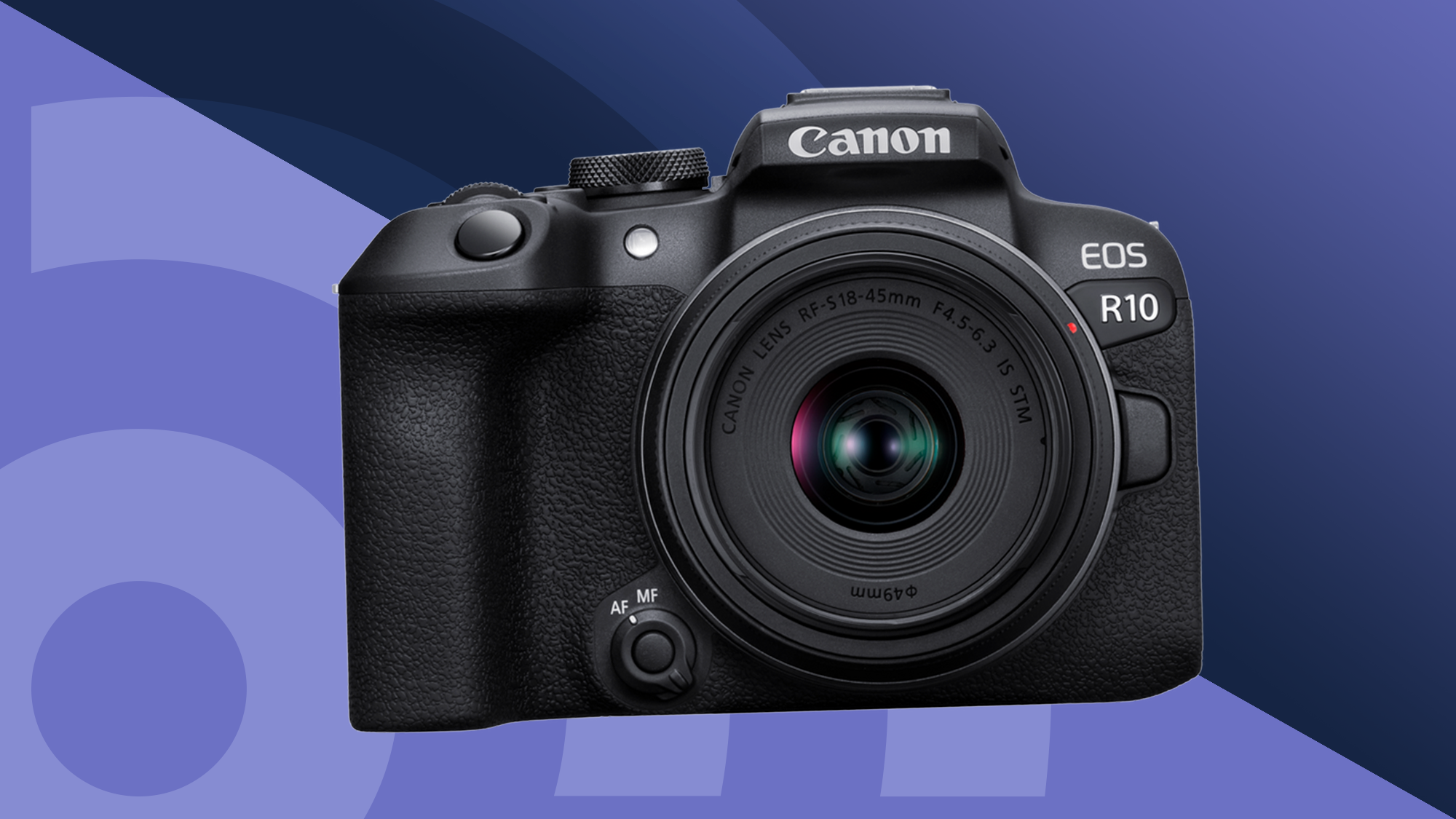
Since we started testing photography kit in 2004, the team at TechRadar has reviewed more than 1,000 cameras. That means we know exactly what makes a good camera for beginners to learn with. From premium compacts to entry-level mirrorless models, we’ve shortlisted our favorite beginner cameras below. Each of them will give you room to grow in a different way.
Of all the beginner cameras we’ve tested, the one we’d choose to learn with is the Canon EOS R10. We kept learners in mind during our review and found it easy to handle, simple to use and capable of producing excellent stills. That doesn’t mean it’s perfect for everyone, though, which is why our guide also includes smaller and more affordable alternatives.
Each of our recommendations is based on real-world usage by our expert team. We’ve assessed every camera on the basis of how well it would suit a new photographer, from the controls to any automated modes that make your first shooting experience either. Whether you’re casually interested in a new camera or fancy picking up photography as a serious hobby, we’ve distilled the results here to help you find the right beginner camera for your budget.
Top 3 picks
Want a shortcut to the best beginner camera for your needs? Use our summary round-up below to quickly identify your ideal entry-level camera, then jump down to our full write-ups using the links beneath each entry.

The best beginner camera overall
A compact build, good handling and modern autofocus make the EOS R10 a great value powerhouse for beginners.

The best value beginner camera
With a capable 20MP Micro Four Thirds sensor and impressive image stabilization, the Mark IV is superb little stills camera.
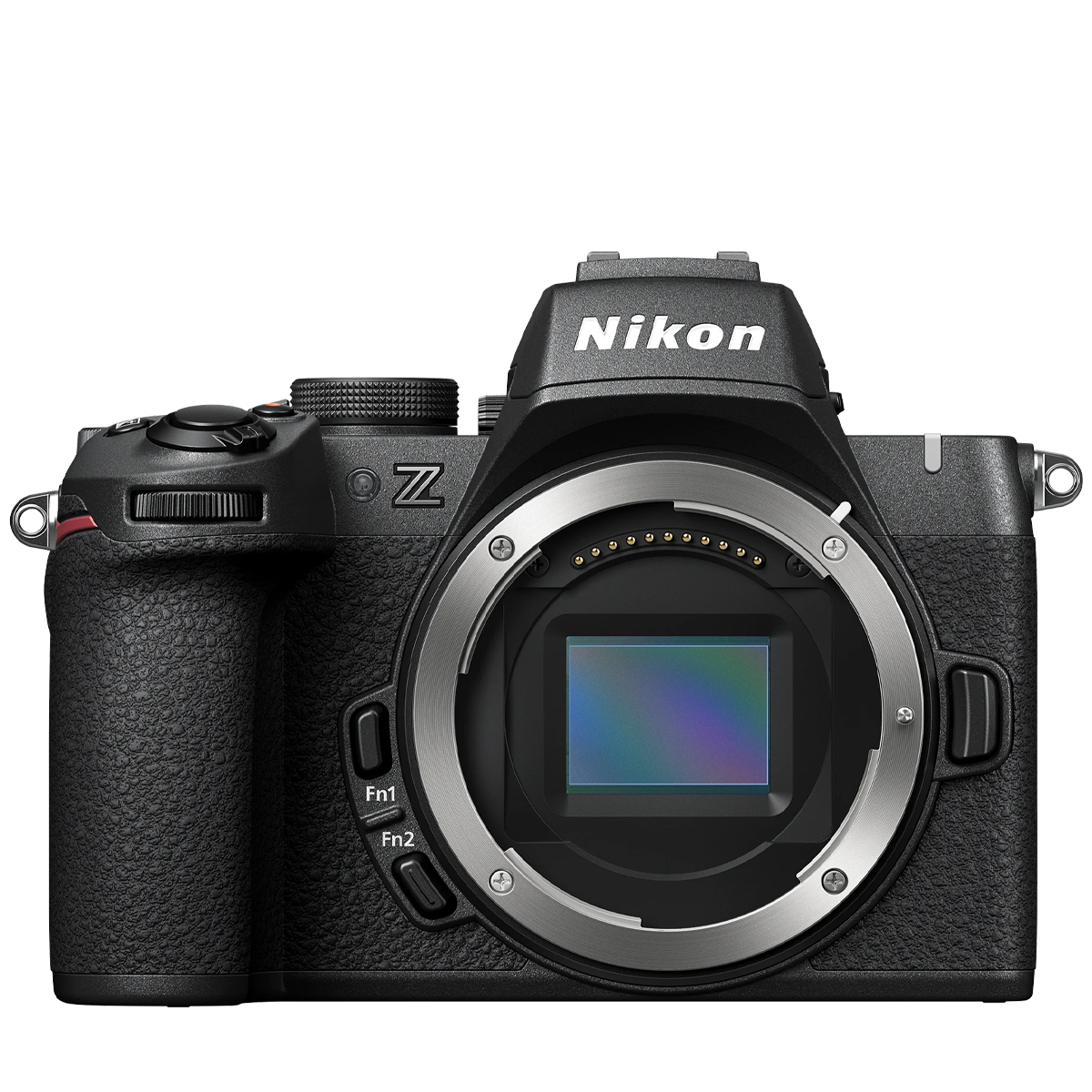
The best premium beginner camera
An entry-level hybrid with flagship autofocus. Others have more megapixels, but strong video specs make it a real all-rounder.
Best by use-case
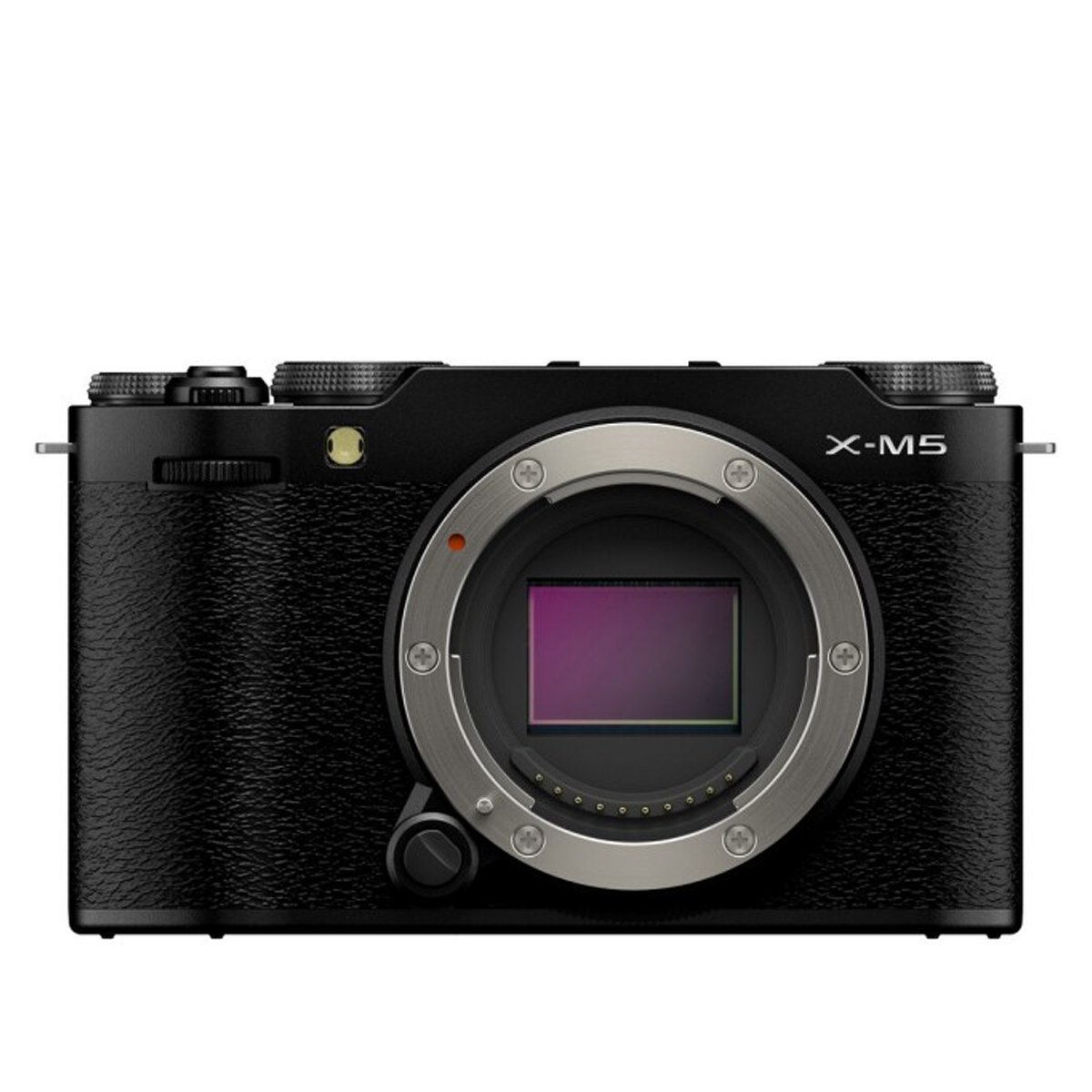
The best beginner camera for video
A tiny powerhouse, the X-M5 makes 10-bit 6K video available on a beginner-friendly budget. Its design is thoughtful, too.
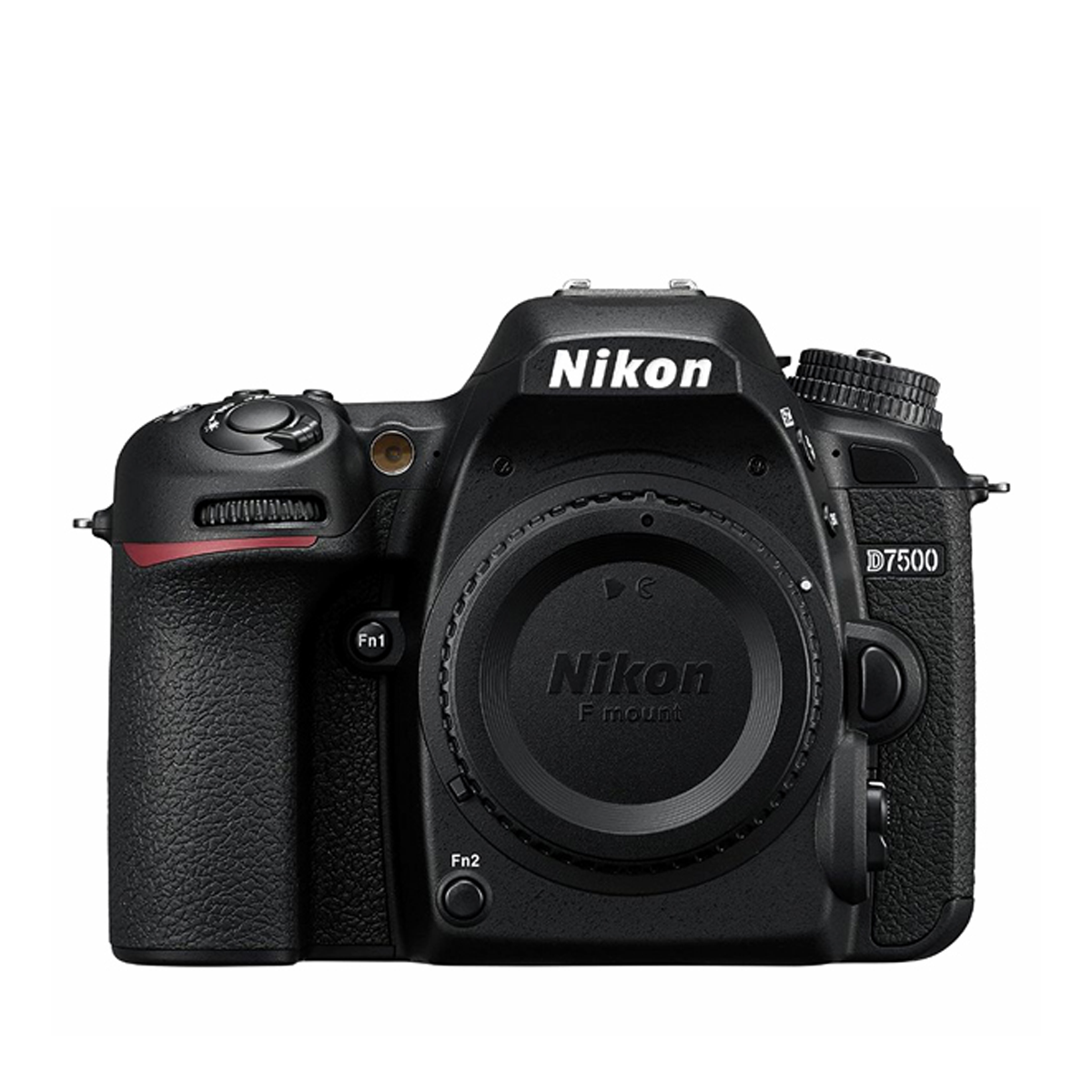
The best beginner DSLR camera
A brilliant sensor, capable autofocus and competitive burst specs make the D7500 a top-value DSLR for learners to get to grips with.

The best retro camera for beginners
Its looks alone won’t improve your shooting, but the Nikon Z fc offers a stunning blend of retro style and mirrorless power.
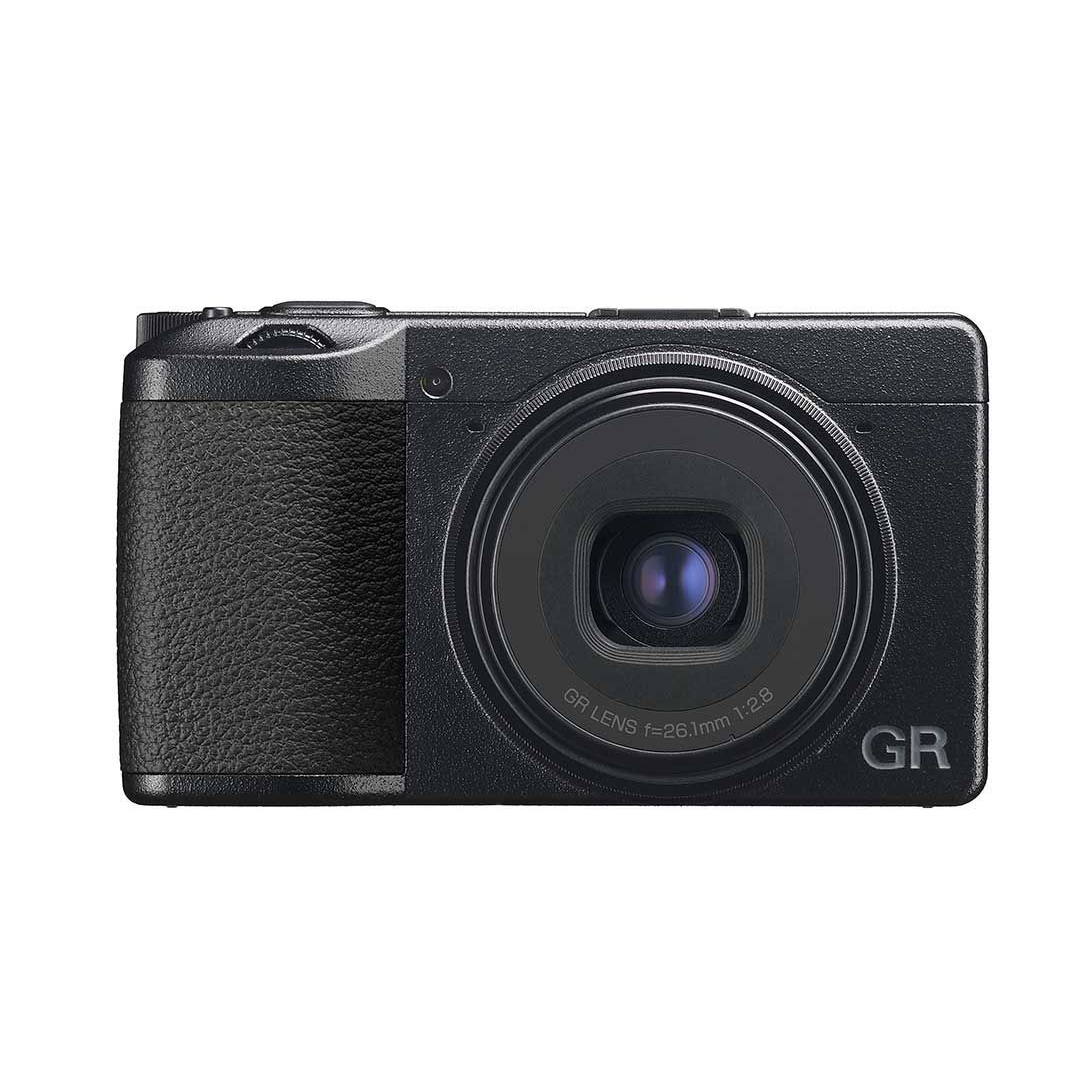
The best compact for photo quality
One of the few true digital pocket compacts remaining uses a versatile 40mm f/2.8 lens to produce sharp 24MP RAW stills from it's large APS-C sensor.
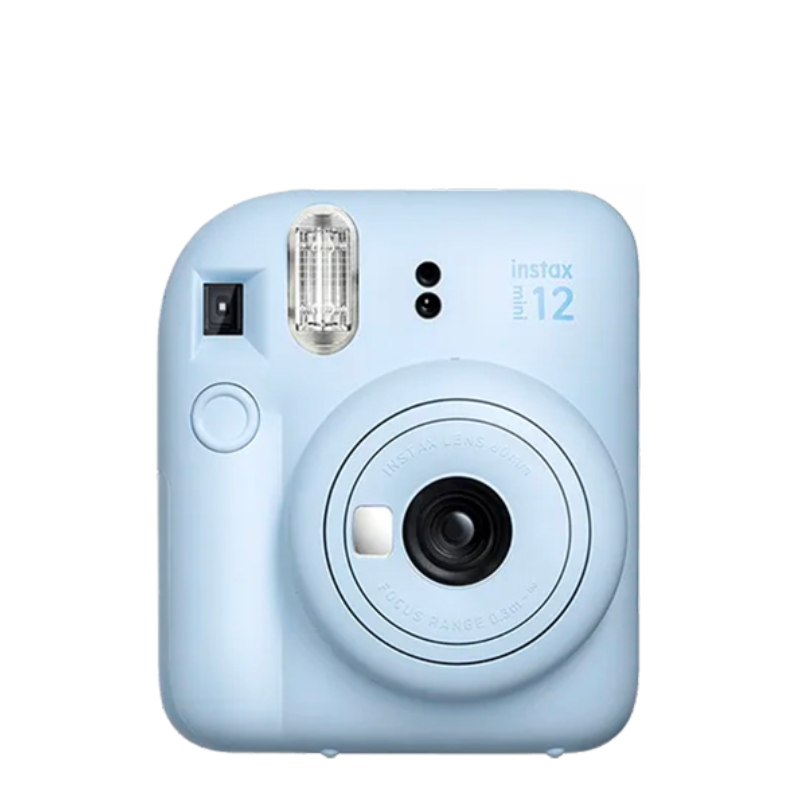
The best instant camera for beginners
Simple to use and fun to shoot with, the Instax Mini 12 is perfect for trying your hand at point-and-shoot instant photography.

Tim is TechRadar's Cameras Editor. He's worked as a photographer and journalist for more than 15 years. In that time, he's shot with countless cameras from a range of manufacturers, including entry-level cameras of all formats. As a result, he’s developed a deep technical knowledge of what makes an excellent camera for beginners. Tim notes, "beginner cameras come all kinds of shapes and sizes. We've tried to cover all bases in this guide, from compacts and instant cameras to mirrorless models and larger DSLRs. Each option has something unique to offer that sets it apart from a camera phone."
The best beginner cameras in 2025
Why you can trust TechRadar
Below you'll find full write-ups for each of the best beginner cameras in our list. We've tested each one extensively, so you can be sure that our recommendations can be trusted.
The best beginner camera overall





Specifications
Reasons to buy
Reasons to avoid
Canon EOS R10 sample images



✅ You like photographing sports and wildlife: It's a pricier option in this list but the R10 comes with impressive action specs and autofocus performance.
✅ You want decent video quality too: Primarily a a stills camera, the EOS R10 also shoots crips 4K video with auto color.
❌ You want a good choice of lenses: Years after Canon's first RF-S cameras and there's a distinct lack of native APS-C lenses.
❌ You want a vlogging camera: The EOS R10 shoots lovely video, but the Sony ZV-E10 is a better choice if vlogging is a priority.
Setting a fresh bar for entry-level camera performance, the Canon EOS R10 comfortably eclipses contemporary smartphones. Equipped with a speedy Digic X processor, this mirrorless model benefits from the latest autofocus abilities.
In testing, we found its AF tracking impressively intelligent and intuitive for beginners. Claimed burst speeds of 15fps with the mechanical shutter also proved accurate during our time with the R10. Together, those skills mean it’s fast enough to capture fleeting action, which you can’t say of every beginner camera. What’s more, the lightweight chassis is comfortably familiar even for novices, with an articulating touchscreen offering useful accessibility.
The compact form factor makes it easy to wield when trying new techniques, while dual control dials mean it’s simple to tweak settings. A lack of in-body image stabilization does limit the R10’s abilities after dark, but image quality is decent enough, with plenty of detail to pull out of the shadows. So it’s not a revolutionary model, but its specs and control setup put the R10 top of our list for beginners. Here’s hoping Canon adds more native APS-C lenses to sweeten the deal.
Save on top-quality cameras and accessories with our latest Canon discounts. Find great deals on gear for every shot.
Read our in-depth Canon EOS R10 review
The best value beginner camera





Specifications
Reasons to buy
Reasons to avoid
Olympus OM-D E-M10 Mark IV sample images





✅ You're going to buy accompanying lenses: With more than 10 years of investment there's literally hundreds of native micro four thirds lenses to choose from.
✅ You don't like the idea of a tripod: Decent in-body image stabilization can keep your handheld shots sharp even in low light.
❌ You want a truly hybrid camera: You'll get decent video quality from the E-M10 IV, but there's a few missing features for vlogging.
❌ You want the very best autofocus: Phase detect autofocus, found on the likes of the Fujifilm X-T30 Mark II, is better than the contrast system used here.
If you’re looking for a simple, compact mirrorless camera that consistently captures attractive images, the OM-D E-M10 Mark IV definitely deserves a spot on your shortlist. Designed primarily for smartphone switchers, its ergonomic grip, approachable button layout and handy flip-down touchscreen give it good versatility, without cluttering the classically styled shell.
It might lack some of the more advanced features of its pricier rivals – including microphone and USB-C ports – but it does a brilliant job as a stills camera. In fact, we found that it's the most photo-centric camera in its category, delivering great stills during our tests.
An Advanced Photo mode makes it easy to have a go at advanced techniques such as long exposures, while the in-body image stabilization system – borrowed from the flagship E-M1 – is superb. The sensor resolution is decent at 20.3MP and, because it’s a Micro Four Thirds camera, it has one of the widest lens catalogues on the market. It might not grab headlines, but the Mark IV is a fantastic first camera for beginners.
Read our in-depth Olympus OM-D E-M10 Mark IV review
The best premium camera for beginners





Specifications
Reasons to buy
Reasons to avoid
Nikon Z50 II sample images





✅ You want flagship autofocus: Driven by an Expeed 7 processor, the Z50 II has subject detection autofocus performance to match the top-shelf Nikon Z9.
✅ You plant to shoot some video: Hybrid specs include 4K/30p footage oversampled from 5.6K, plus support for N-log 10-bit recording.
❌ You want the most detailed images: While the Z50 II is capable of sharp stills, its 20.9MP resolution is bettered by others, including the Canon EOS R10.
❌ You need in-body image stabilization: Like most entry-level cameras, there’s no optical image stabilization built-in, so you’ll need a VR lens for shake reduction.
An entry-level camera with enthusiast aspirations, the Nikon Z50 II impressed in testing with its supercharged performance: thanks to an Expeed 7 processor, it offers flagship subject detection skills. While its 20.9MP resolution isn’t the sharpest out there, its fast, accurate autofocus gives beginners a good chance of snagging sharp stills.
In our review, we also commented on how nice the Z50 II feels in the hand. It balances tidy dimensions with a deep grip and the right amount of controls, plus a useful vari-angle touchscreen. The result is a camera that makes it easy and comfortable for beginners to learn the ropes of photography. It helps that the interface is quick. A Picture Control shortcut also gives quick access to a library of preset profiles, making it easy for newbies to experiment.
This is also a capable hybrid, with support for uncropped 4K/30p video and 10-bit N-log recording, as well as a Product Review mode for influencers. We think this makes the Nikon Z50 II a great camera to improve with: it’s capable of quality stills and video straight out of the box, while also offering the legroom for users to develop their creative skills.
Read our in-depth Nikon Z50 II review
The best beginner camera for video





Specifications
Reasons to buy
Reasons to avoid
Fujifilm X-M5 sample video
✅ You want budget-friendly 6K: Despite its entry-level price tag, the X-M5 offers an impressive video feature set, including open gate 6K recording in 10-bit.
✅ You want a compact camera: The X-M5 is one of the lightest mirrorless cameras. Paired with a pancake lens, its dimensions make for a tiny package.
❌ You want a proper hybrid: The X-M5 is primarily designed for video. With no viewfinder, this is a camera for occasional stills rather than regular photography.
❌ You have large hands: Its dimensions might make the X-M5 pocketable, but they also mean its controls are too tightly packed for big hands to easily use.
If you fancy getting into videography, you won’t find a camera with better specs for the price of the Fujiiflm X-M5. Despite its entry-level status, this is a camera that can record sharp 6K video using the full sensor, with 10-bit color depth. Its features are also filmmaker-friendly: the ports are positioned away from the flip-out touchscreen, for example, with the mic input right beneath the hot-shoe. There’s also a mode for capturing 9:16 vertical video without rotating the camera, perfect for creating social content.
With compact dimensions and a lightweight build, this is a properly tiny camera. Based on our review, this makes it a very easy one to travel with, even if tightly packed controls can be tricky for big hands to navigate. While there’s no viewfinder, we think it also works for occasional street photography with a lens like the XF 27mm f/2.8.
Some areas do signal cost-cutting. You don’t get in-body image stabilization, while the touchscreen resolution is lower at 1.04m dots than other Fujifilm models like the X-S20. Still, if it’s video that you’re into, we think this is very capable little camera for content creators.
Read our in-depth Fujifilm X-M5 review
The best DSLR camera for beginners



Specifications
Reasons to buy
Reasons to avoid
Nikon D7500 sample images





✅ You want chunky DSLR handling: With a deep grip, good ergonomics and rugged build, the D7500 offers all the hallmarks of classic DSLR handling.
✅ You want a DSLR to grow with: Thanks to reductions since its launch, you’re getting an enthusiast-grade shooting experience at an entry-level price.
❌ You need the cutting-edge autofocus: Its 51-point system does well enough, but it can’t compete with the latest subject-tracking skills of mirrorless rivals.
❌ You want a pocket-friendly camera: DSLR cameras like the D7500 are great in the hand, but large dimensions mean they’re less portable than others here.
DSLRs might be a dying breed, but we think the format still has a lot to offer for beginners who want to get their hands around a chunky camera with good ergonomics. That’s exactly what you’re getting with the D7500. With a weighty frame and weather-sealing, it’s a robust camera to learn with.
When it launched in 2017, the D7500 was pitched firmly at enthusiasts. Since then, its price has dropped to beginner-friendly territory, yet it’s still got the performance to keep up with newer models. It uses the excellent sensor from the D500 to shoot detailed stills at 20.9MP. Together with a capable autofocus system and burst speeds of up to 8fps, our review found the D7500 a DSLR that can comfortably compete with the best entry-level cameras of today.
We did note a few reservations in our review. While its tilt-angle touchscreen is useful, the resolution is low by modern standards. You’re also limited to just a single SD card slot. Its 51-point autofocus system doesn’t have the latest AI-powered subject tracking smarts, either. Even so, with an ever-falling price, we think the D7500 is the best DSLR camera for beginners.
Read our in-depth Nikon D7500 review
The best retro camera for beginners





Specifications
Reasons to buy
Reasons to avoid
Nikon Z fc sample images





✅ You want the best-looking beginner camera: The Z fc is head-turning gorgeous. Enough said.
✅ You'd like to eventually take manual control: For the price, no other mirrorless camera has the number of exposure dials for direct manual exposure control.
❌ You need a rugged camera: The Nikon Z fc isn't the toughest beginner camera; something like the Olympus OM-D E-M10 Mark IV feels sturdier.
❌ You'd like a developed system: Nikon hasn't put the same energy into developing its APS-C system with new lenses like it has full-frame.
At its heart, the Nikon Z fc is the same as the Nikon Z50. That’s good news, because its 20.9MP APS-C sensor and hybrid autofocus system are capable of producing detailed stills and solid 4K footage at 30fps. What sets the Z fc apart is its body, which has been designed in honor of the classic Nikon FM2. It has broadly the same dimensions as its analogue ancestor and no shortage of retro style to suit its Eighties origins.
Those thoughtful throwback cues mean the Nikon Z fc is a distinctive camera. It’s also even better for beginners than the Z50, thanks to a vari-angle display which makes creative framing more flexible. It’s not weather-sealed (not that you’d want to risk using such a stunning camera in inclement weather) and it also lacks the deep grip of the Z50.
If you regularly fiddle with exposure settings, we found the dedicated exposure dials to be a more intuitive method than generic command dials, once you have the hang of it. The dedicated dials for ISO, shutter speed and exposure compensation look great too – it's what has set Fujifilm apart before. Native lenses also offer a lens control ring that can be customized between focus and aperture control. Combine that with the Z fc's auto ISO with shutter speed control, you'll be good to go in no time, accommodated to your shooting style.
Read our in-depth Nikon Z fc review
The best compact camera for beginners





Specifications
Reasons to buy
Reasons to avoid
Ricoh GR IIIx sample images





✅ You want to develop your creative eye: With a fixed focal length lens, exposure tools and a wide range of in-camera edits, the GR III X encourages creativity.
✅ You want a smartphone step up: It's small enough to slip in the pocket like a phone, but the GR IIIx's image quality is outstanding, while it's handling is intuitive.
❌ You want a versatile camera: The GR IIIx is as niche as they come. Fixed lens, fixed focal length, modest video specs. This is aimed at a certain type of photographer.
❌ You shoot video a lot: Tech-wise, the GR IIx is way behind today's smartphones for video recording, being limited to Full HD resolution and mono in-camera audio.
The best camera phones might have cut through the point-and-shoot market, but there are good reasons why you'd buy the Ricoh GR IIIx in 2025. A pocket-friendly camera with a 24MPC APS-C sensor and sharp 40mm f/2.8 lens, we found in our review that it's capable of excellent image quality. It's also intuitive to handle and offers a focal length ideal for street photography. If you want a wider perspective, the otherwise identical GR III has a 28mm f/2.8 lens that's just like the main camera of your phone.
We think there's a strong case for buying a Ricoh GR IIIx instead of a smartphone upgrade: it's a superb everyday camera for capturing decisive moments, with a host of excellent customization options as you get to grips with what's possible with this highly capable shooter. There are some drawbacks: there's no built-in flash, battery life is poor and the touchscreen is fixed. Still, if you want the best possible image quality in your pocket, the GR IIIx is right up there.
Read our in-depth Ricoh GR IIIx review
The best instant camera for beginners





Specifications
Reasons to buy
Reasons to avoid
Fujifilm Instax Mini 12 sample images





✅ You love vintage prints: Fujifilm Instax prints have a lovely vintage feel to them.
✅ You want physical prints: Instant cameras encourage you to capture and share the moment in a way digital cameras don't.
❌ You'd like a retro instant camera: There are other Instax cameras for similar money that have the old school looks.
❌ You prefer Instagram-style prints: Instax Mini film is cheap but it's half the size of Instax square and prints can feel cramped.
If you want to experience the no-frills fun of instant photography, the Fujifilm Instax Mini 12 is our favorite instant camera. Basic and affordable, the Mini 12 makes it easy for anyone to frame and shoot vibrant prints. Because of this, it’s a great choice for beginners who like the idea of creating vintage party snaps.
Although we found its handling a little slippery in testing, it’s still a comfortable and straightforward camera to use, with a simple point-and-shoot interface. It turns on intuitively with a twist of the lens, while pulling the lens out engages close-up mode. Thanks to parallax correction, the viewfinder now gives a more accurate picture of what will be printed, compared to the Instax Mini 11.
Based on our tests, the Mini 12 does have a habit of overexposing images in bright conditions. Some users may also find its prints a little on the small side. But given the lower cost of Instax film refills compared to rivals, the Mini 12 is a more accessible instant camera for learners – and one that produces richly colorful prints.
Read our in-depth Fujifilm Instax Mini 12 review
Also consider
We've reviewed a whole range of beginner cameras in every category, which means there are plenty more entry-level options that almost made it into this list. Here are a few honorable mentions to consider.
Best everyday – Fujifilm X-T30 II: Combining good shooting skills with a compact design that’s easy in the hand, the X-T30 II is capable all-rounder for first-time buyers. Its retro design wins plenty of style points, while an upgraded tracking algorithm delivers more hits than misses, even in lower lighting. The X-T50 is more powerful, but the X-T30 II is the more affordable choice for beginners.
Best for video – Sony ZV-E10: A video-focused hybrid with compact proportions, the Sony ZV-E10 is a fantastic option for fledgling content creators. Lightweight and pocket-friendly, it works best when paired with one of Sony’s many compact lenses. 4K tops out at 30p and there’s some rolling shutter. Still, the ZV-E10 is versatile tool for newbies who want to hone their video skills for a fair price.
Best second-hand beginner – Nikon D3500: If video specs aren’t a priority, the Nikon D3500 is a fantastic, low-budget beginner camera. Equipped with a top quality 24.2MP APS-C sensor, it can capture rich, detailed images. The D3500 is also fairly compact for a DSLR, yet still offers intuitive controls and ergonomic handling. It lasts for ages on one charge, too. You’ll find plenty of good examples available second-hand.
Best mid-range hybrid – Fujifilm X-S20: If you’re a beginner looking for a mirrorless camera to learn and grow with, we think the Fujifilm X-S20 is a fantastic long-term choice. It doesn’t come cheap, but you’re getting a lot of features for the price. Automated modes and simplified manual controls make it accessible, while advanced video modes mean you can experiment with hybrid shooting.
Best small APS-C – Sony A6100: Technology has moved on since the Sony A6100 launched five years ago, but its tech spec still holds up well for learners today. It was our favourite beginner mirrorless camera for a long time. With a reduced price and good second-hand availability, we think it still represents good value
Best full-frame – Canon EOS RP: Not every newbie needs a full-frame camera. If you do, we highly rate the EOS RP. It has a compact build, strong autofocus performance and a responsive interface, as well as a 26.2MP sensor that’s perfectly capable for the price. We think the RP is great value for beginners.
Best vlogging compact – Sony ZV-1: If you want an entry-level camera for recording vlogs, we think the ZV-1 is a great choice. With a 1-inch sensor, excellent autofocus and useful 24-70mm zoom range, it’s a versatile compact that easily fits in a pocket. The ZV-1 II is newer, but a price hike means the original ZV-1 is better value.
How to choose the best beginner camera for you
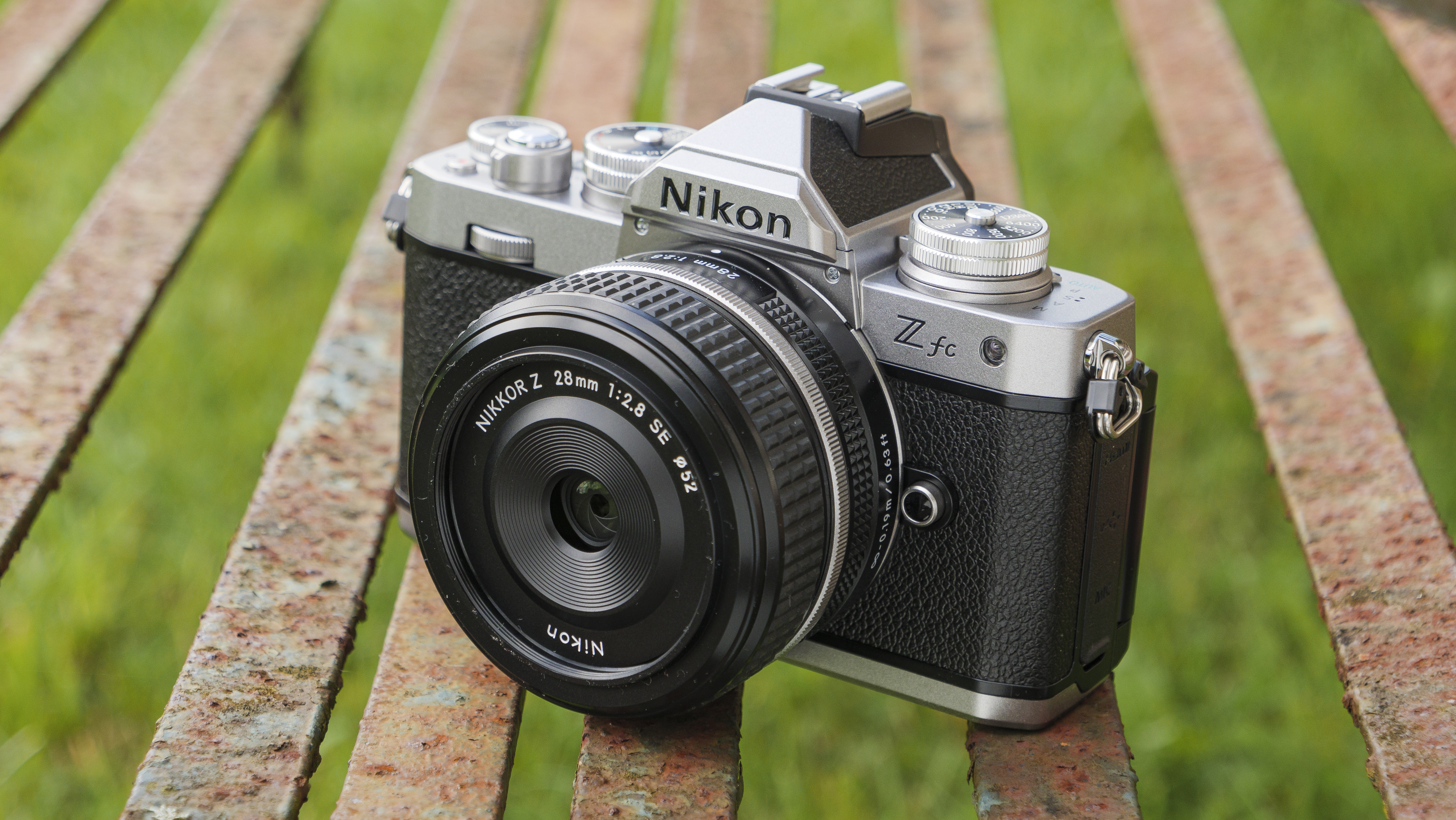
How do I choose the best beginner camera?
Here are five things to look for when choosing a beginner camera:
1) Resolution
Referred to as “megapixels” or “MP”, resolution indicates the maximum size of images that a camera can capture. The higher the number, the higher the resolution. For this reason, a lot of camera brands use megapixels to attract customers, but resolution isn’t the whole story. 12MP is more than enough to produce a high quality print at A3 paper size.
2) Design and build
As the cliché goes, the best camera is the one you have with you – which means there’s no point in buying one that you don’t want to take out and use frequently. Perhaps you want a larger camera with physical controls. Or maybe a smaller camera with a touchscreen would make you feel more at home.
3) Sensor size
Not all sensors are created equal. Unlike megapixel counts, the larger the sensor, the better the image quality – generally speaking. Smaller sensors aren’t as good at gathering light, which means more noise (image grain) will show up in images captured in low-light. Larger sensors typically produce more attractive tones and depth. But they also come at a cost; both financial, and in terms of the camera system's size. The narrower angle of view of smaller sensors can also be beneficial if you're shooting distant subjects, as the diagram above shows.
4) Connectivity
All of the best beginner cameras offer some way to connect to your smart device or favorite social media apps. The cameras in this list all benefit from Wi-Fi, Bluetooth or NFC connectivity, or a combination of all three.
5) Lenses
A decent quality lens is critical for capturing good images. All of the best beginner cameras come with a kit or fixed lens, which offer a standard focal length (zoom range). Interchangeable lens cameras come with kit lenses, which can be changed to suit your needs. Fixed lens cameras appeal to people who don’t want to carry extra lenses.
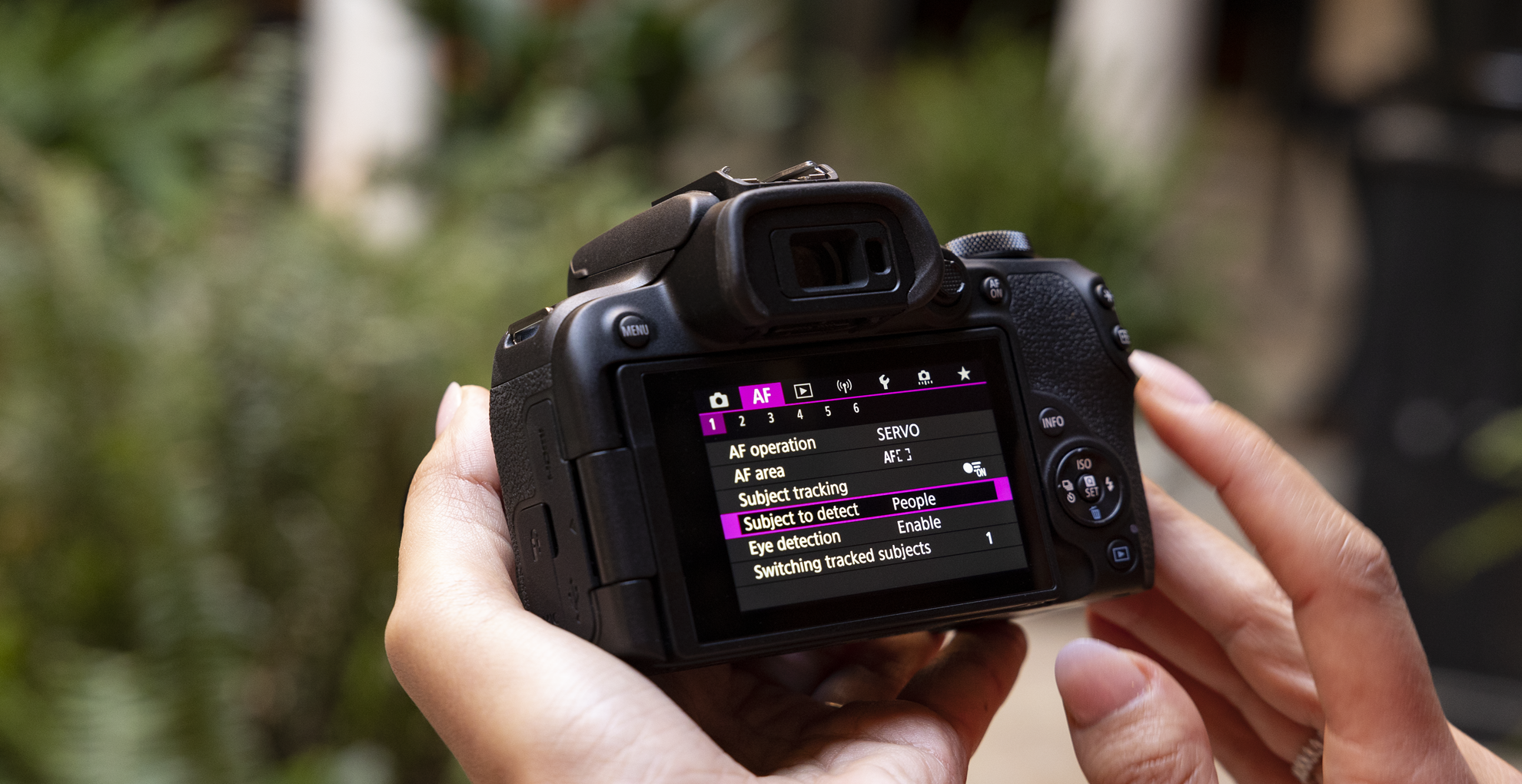
What camera should a beginner start with?
As you’ll see in the list above, there’s no single right answer when it comes to which camera a beginner should start with. Much will depend on what type of technology you’re already familiar with, as well as how you like to shoot. Some learners like the certainty of physical buttons, for example, while smartphone users might prefer a camera with a touchscreen interface. Luckily, there are plenty of both styles available – and the best beginner cameras tend to offer a combination of control systems, like the Fujifilm X-T30 II.
DSLR cameras are often easy cameras for beginners to use and adapt to. Because they are bigger than most compact and mirrorless models, there’s more space to spread out buttons on the body (and to label them for ease of understanding). Plus DSLR cameras tend to feature large, sculpted grips for more comfortable handling, which is important if you’re planning to get a lot of practice in. Take a look at the Nikon D3500, for example.
Equally, some beginners will find that a smaller camera is easier to get to grips with. Even if you’re only just starting to take photography more seriously, there’s a good chance you might have used a point-and-shoot compact camera at some point in your life. If so, you might find that a premium compact like the Panasonic Lumix ZS99 / TZ99 provides a familiar experience. And because there are no interchangeable lenses to worry about, you can focus on improving other aspects of your photography, such as framing.
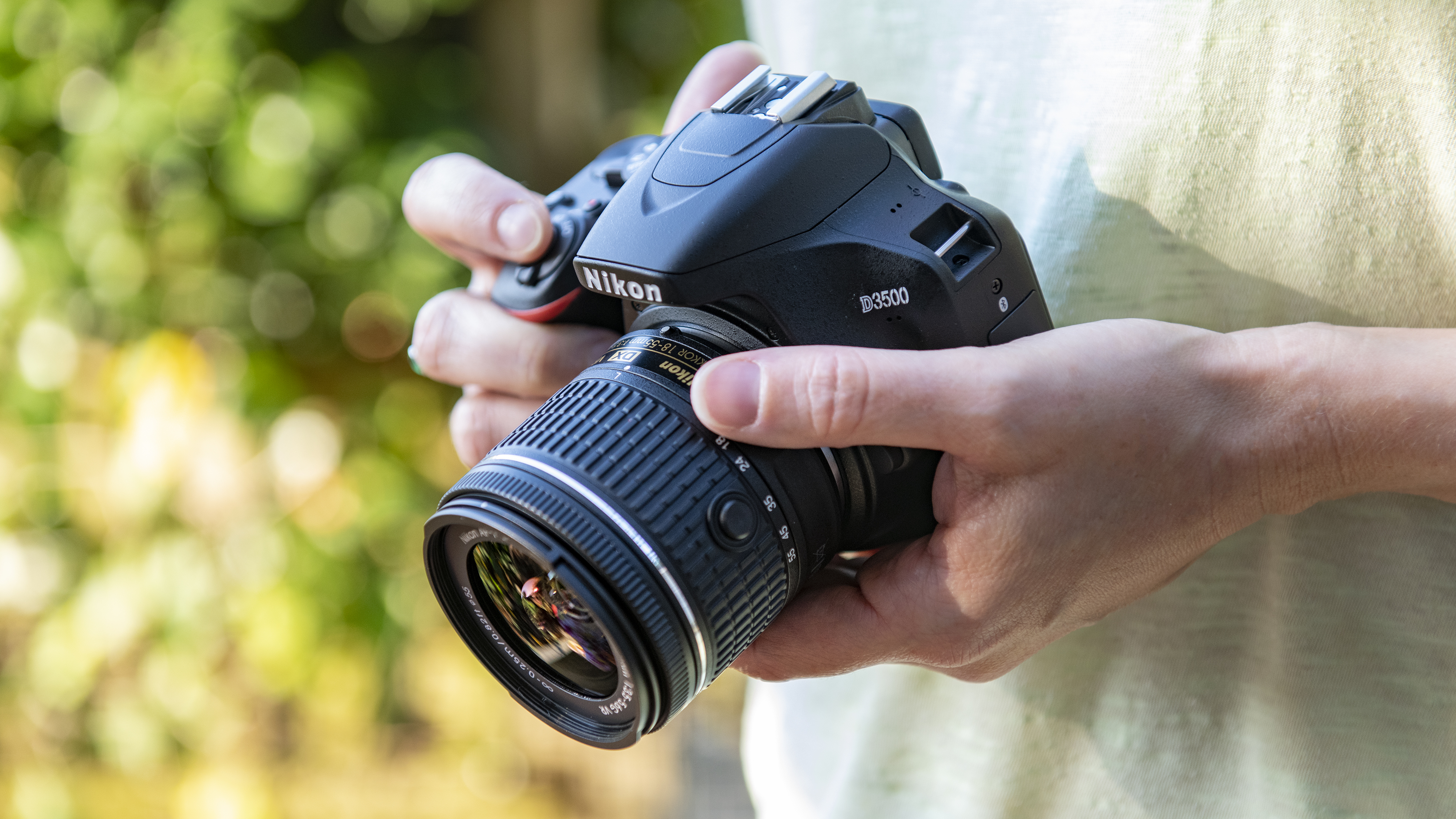
Photography glossary
When you get into photography, you’ll quickly encounter a number of terms and acronyms that might be unfamiliar. To help you navigate this technical language, we’ve briefly explained some of the more important terminology below.
DSLR: Digital Single-Lens Reflex, a type of digital camera that uses a mirror mechanism to reflect light from the camera's lens on to a digital sensor.
Mirrorless camera: A camera that doesn't use a mirror. Light passes directly through the lens to the sensor, which displays a digital preview of the image on the camera's screen or electronic viewfinder (EVF).
Point-and-shoot: Compact cameras designed for portability and ease of use. They typically feature automatic settings, making them ideal for casual photographers or beginners looking for maximum simplicity.
Megapixel (MP): A unit of measurement for the resolution of digital images, representing one million pixels. A higher megapixel count generally results in a sharper, more detailed image.
Sensor size: The dimensions of a sensor, typically measured in millimeters. Larger sensors generally result in better image quality, including improved low-light performance, dynamic range and depth of field control.
ISO: International Standards Organization, a unit of measurement for a camera sensor's sensitivity to light. Higher ISO settings allow for better performance in low-light conditions, but can introduce grain in the image.
Aperture: The opening in a camera lens through which light passes. Aperture size is measured in f-stops, with lower f numbers indicating larger apertures, allowing more light to enter the camera.
Shutter speed: The length of time a camera's shutter remains open to expose the sensor to light. Faster shutter speeds freeze motion, while slower speeds create motion blur.
Lens mount: On cameras that support interchangeable lenses, the mount is where the lens attaches to the body. Different manufacturers have their own systems.
Zoom range: The range of focal lengths covered by a lens, usually expressed in millimeters (mm). Focal length determines the magnification of the lens. For example, a lens with a range of 24-70mm can zoom from a wide-angle view (24mm) through a ‘standard’ view (around 50mm) to a slightly zoomed view (70mm).
Image stabilization (IS): A feature that helps reduce the blurring caused by camera shake when shooting handheld. It can be implemented either in the lens or within the camera body itself.
Autofocus (AF): A feature that automatically adjusts the camera's focus to ensure that the subject appears sharp in the final image.
RAW: A file format that retains more image information from the sensor and offers greater editing flexibility compared to JPEG files.
JPEG: A compressed image file format commonly used in digital photography. JPEG files are smaller in size, but offer less flexibility for editing than RAW files.
Viewfinder: A viewing window that gives the photographer a preview of a scene before capturing the image. It can be optical (OVF) or electronic (EVF), depending on the camera type.
Memory card: A card used to store image files captured by a camera. Common formats include SD (Secure Digital) and CF (CompactFlash).
Hoteshoe: A mounting point on the top of a camera used for attaching external accessories such as flash units, microphones or external viewfinders.
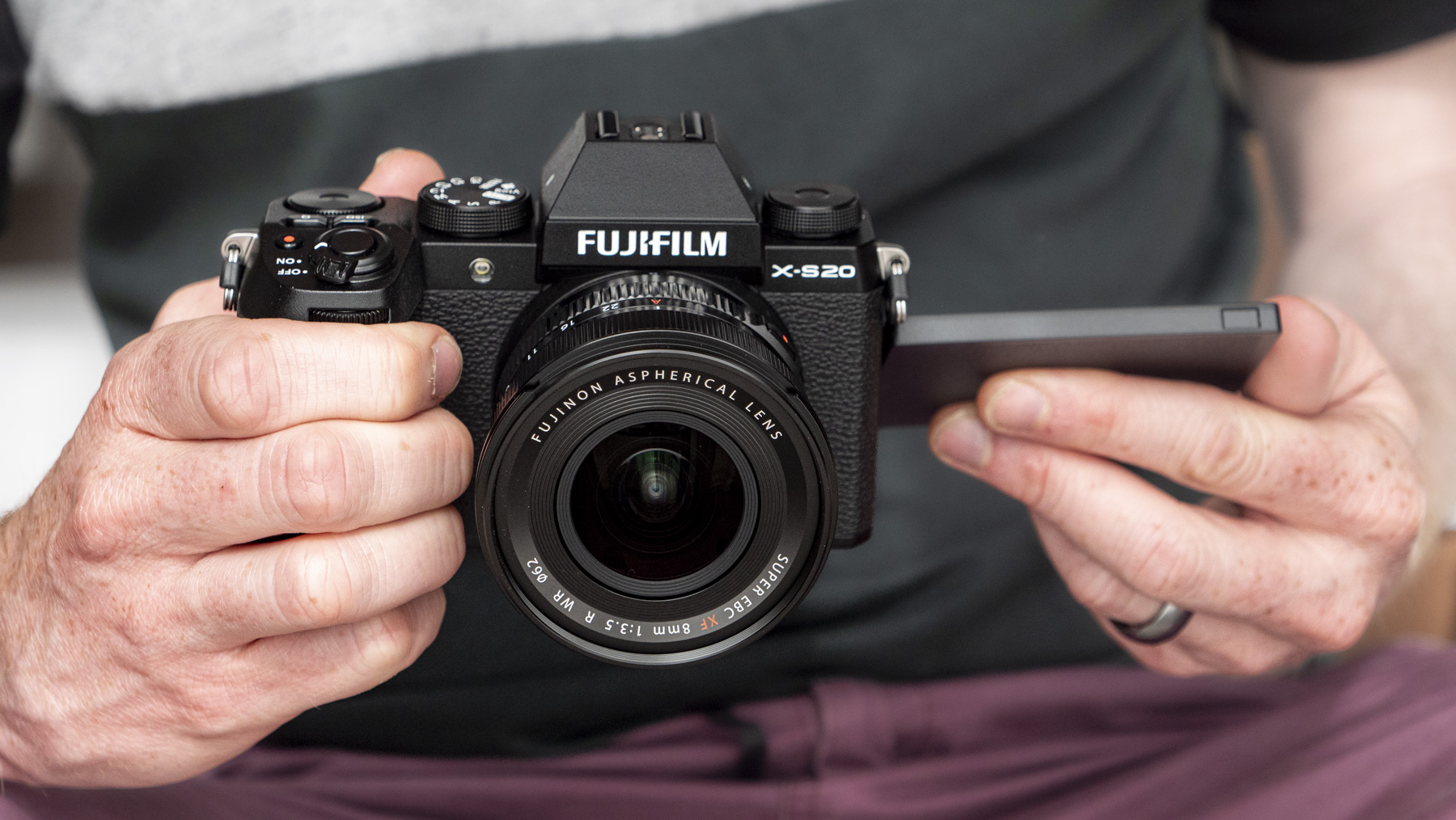
Meet the team
Our team of reviewers has amassed many years of camera experience and testing, covering all of the latest and greatest cameras in the last 20 years, and can all appreciate the benefits of a dedicated camera like a digital compact versus simply using a smartphone.

Tim is TechRadar's Cameras Editor and has been cutting his teeth in the photo and video industry for almost 20 years. He looks after all of TechRadar's cameras content, covering buying guides, features, reviews and news. He knows the benefits of purposeful creativity with a dedicated camera instead of a smartphone.

Rod is an independent photographer and photography journalist with more than 30 years' experience. He's previously worked as Head of Testing for Future’s photography magazines, including Digital Camera, N-Photo, PhotoPlus, Professional Photography, Photography Week and Practical Photoshop, and as Reviews Editor on Digital Camera World.
Matt has written and reviewed cameras for just about every leading photo publication, including Digital Camera World (where he was Editor), What Digital Camera, WEX and of course TechRadar.

Mark is TechRadar's Senior news editor and has been a technology journalist since 2004. Formerly Trusted Reviews and TechRadar's cameras editor, Mark has tested cameras over many years from all of the leading brands.

James Abbott is a professional photographer and freelance photography journalist. He contributes articles about photography, cameras and drones to a wide range of magazines and websites where he applies a wealth of experience to testing the latest photographic tech.

Paul is a digital expert. In the 20 years since he graduated with a first-class honours degree in Computer Science, Paul has been actively involved in a variety of different tech and creative industries that make him the go-to guy for reviews, opinion pieces, and featured articles. You'll also find his writing in other places, including Creative Bloq, Digital Camera World, and 3D World Magazine.
How we test beginner cameras

☑️ 100s of cameras reviewed
☑️ 15 years of product testing
☑️ Over 16,000 products reviewed in total
☑️ Nearly 200,000 hours testing tech
While most of the cameras in this list are relatively affordable compared to the latest professional mirrorless models, they're still a big investment – so every camera in this list have been tested extensively by us to make sure it deserves its spot. For this particular guide, we've also approached the cameras from the point of view of someone starting out in photography or filmmaking, taking into account user interfaces, handling and general ease of use.
The latter are particularly important factors for starter cameras, but we've tested all the fundamentals too, so you can be sure each model has the capacity to grow with you. These days, real-world tests are the most revealing way to understand a camera's performance and character, so we focus heavily on those, along with standardized tests for factors like ISO performance.
After testing the camera's start-up speed, we'll move onto performance. We use a formatted SD card and shoot in both JPEG and raw (if available). For burst shooting tests, we dial in our regular test settings (1/250 sec, ISO 200, continuous AF) and shoot a series of frames in front of a stopwatch to see if it lives up to its claimed speeds. We'll also look at how quickly the buffers clears and repeat the test for both raw and JPEG files.
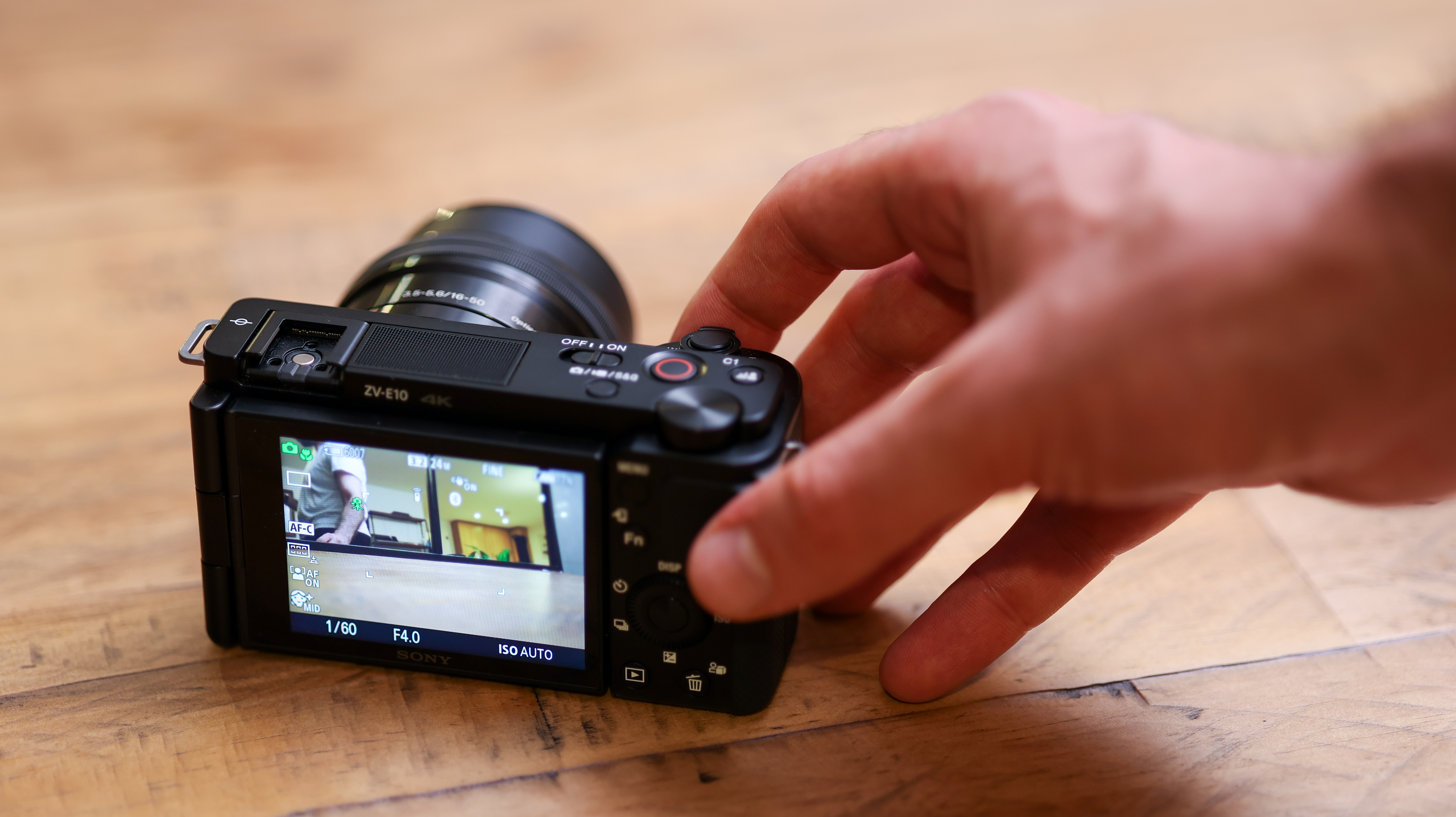
Where applicable, we also test the camera's different autofocus modes in different lighting conditions (including Face and Eye AF) in single point, area and continuous modes. We also shoot a range of photos of different styles (portrait, landscape, low light, macro/close-up) in raw and JPEG to get a sense of metering and its sensor's ability to handle noise and resolve fine detail.
If the camera's raw files are supported by Adobe Camera Raw, we'll also process some test images to see how we can push areas like shadow recovery. And we'll also test its ISO performance across the whole range to get a sense of the levels we'd be happy to push the camera to.
Battery life is tested in a real-world fashion, as we use the camera over the course of the day with the screen set to the default settings. Once the battery has reached zero, we'll then count the number of shots to see how it compares to the camera's CIPA rating. Finally, we test the camera's video skills (where necessary) by shooting some test footage at different frame rates and resolutions, along with its companion app.
We then take everything we've learned about the camera and factor in its price to get a sense of the value-for-money it offers, before reaching our final verdict.
Get daily insight, inspiration and deals in your inbox
Sign up for breaking news, reviews, opinion, top tech deals, and more.

Tim is the Cameras editor at TechRadar. He has enjoyed more than 15 years in the photo video industry with most of those in the world of tech journalism. During his time as Deputy Technical Editor with Amateur Photographer, as a freelancer and consequently editor at Tech Radar, Tim has developed a deeply technical knowledge and practical experience with cameras, educating others through news, reviews and features. He’s also worked in video production for Studio 44 with clients including Canon, and volunteers his spare time to consult a non-profit, diverse stories team based in Nairobi. Tim is curious, a keen creative, avid footballer and runner, and moderate flat white drinker who has lived in Kenya and believes we have much to enjoy and learn from each other.
- Mark WilsonSenior news editor
- Chris Rowlands
